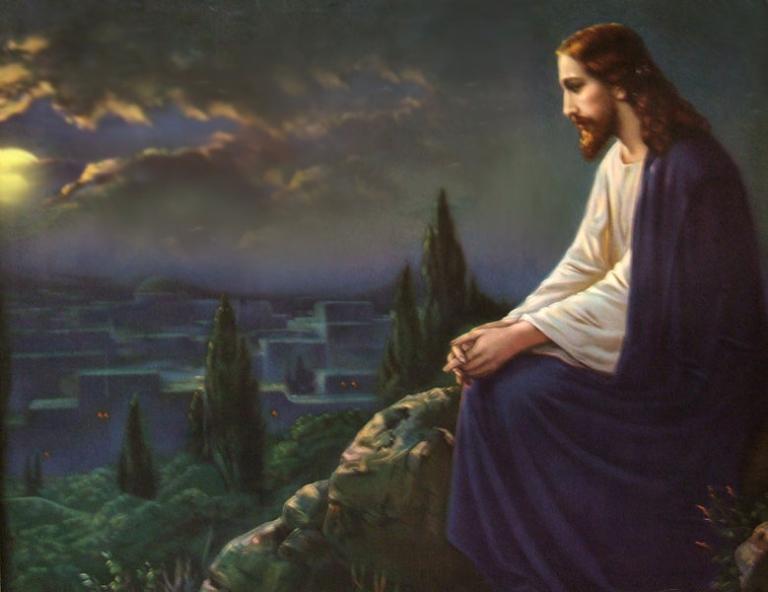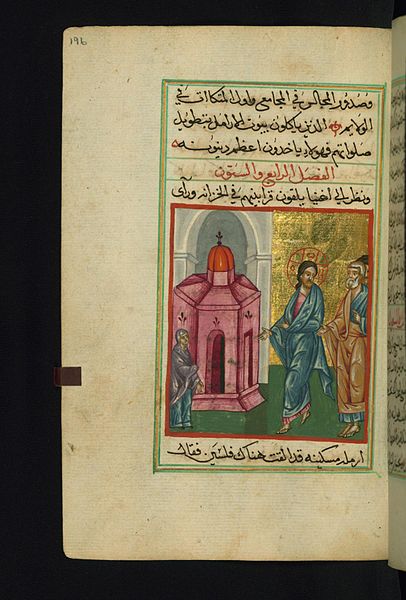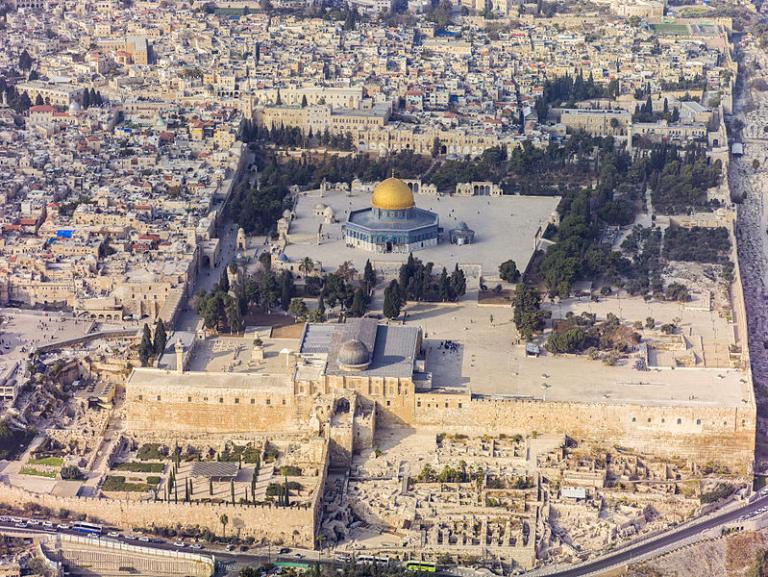
(Wikimedia CC public domain)
Compare Luke 13:34-35
“O Jerusalem, Jerusalem, killing the prophets and stoning those who are sent to you! How often would I have gathered your children together as a hen gathers her brood under her wings, and you would not! Behold, your house is forsaken and desolate. For I tell you, you will not see me again, until you say, ‘Blessed is he who comes in the name of the Lord.’”
If Jesus is, as we’re assured he is (see, for example, John 14:9), a perfect revelation of the Father, passages such as this are deeply significant. This one, for example, illustrates his deep but disappointed love for Jerusalem and its people. (I’ve written at some length about the general topic in an article entitled “On the Motif of the Weeping God in Moses 7.” And, of course, see Moses 7 itself.)
Assuming that such passages are accurate, God isn’t the Unmoved Mover of the philosophers. (See my discussion here.)

(Wikimedia Commons public domain image)
It’s difficult for me to read these passages now without thinking immediately of James Christensen’s 1988 painting. But it’s still under copyright protection.
One of the lessons of this wonderful little story is this: We can all give. In God’s eyes, from the perspective of eternity, it’s not the amount that matters, but the willingness to give. And the degree of willingness to give.
Moreover, it’s not only about money. Gifts of time and talent, of care and concern, of effort — these also count. Just as much.

The Dome of the Rock, Al-Aqsa Mosque, and a number of other Islamic buildings have stood on Herod’s Temple platform since the late AD 690s. But there is literally no trace of the Temple itself. The Romans did their laborious job exceedingly well; not one stone of the Temple remained standing upon another. The prophecy was fulfilled. The Mount was broad and clear, which is why, after the Arab conquest, it was such a good (and obvious) place to build important structures.
Compare Matthew 24:11, 23-26; Mark 13:21-23; Luke 17:21, 23
In Matthew 24:3, the Greek phrase συντελείας τοῦ αἰῶνος (“close of the age,” “completion of the age”) — αἰῶν (aion) is, obviously, the source of our English eon or aeon — could refer both to the overall end of the world and to the end of a particular period (even a particular “dispensation,” I suppose).
Thus, the prophecies of Jesus that are recorded here can be taken, I think, as telling the disciples both about the end of the specific era in which they lived (and the destruction of Jerusalem and its temple that would occur within just a few decades) and about the final End Times.
The passages to follow should probably be read with that in mind.
Posted from Cairo, Egypt











